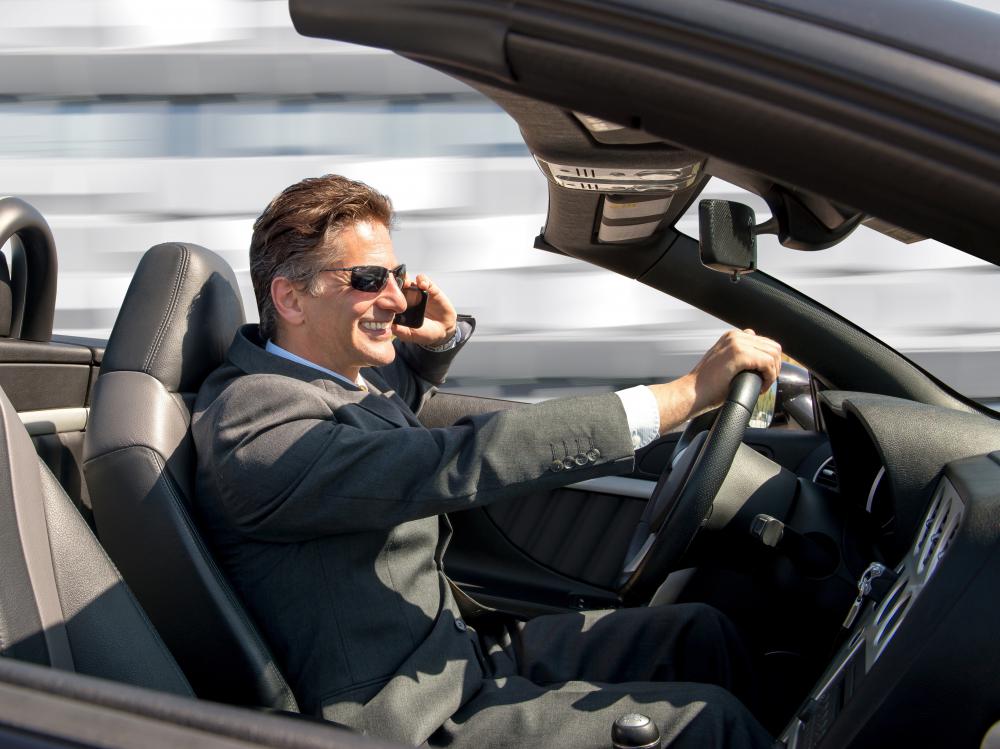At WiseGEEK, we're committed to delivering accurate, trustworthy information. Our expert-authored content is rigorously fact-checked and sourced from credible authorities. Discover how we uphold the highest standards in providing you with reliable knowledge.
What is Comparative Fault?
Comparative fault is the idea that multiple parties can share responsibility for an accident or an event causing financial liability. This idea is getting a lot of attention in the insurance world and the legal profession, because it changes how compensation gets paid to accident victims. Originally, comparative fault was part of admiralty law and other maritime agreements regarding possible vessel collision. Today, it is used extensively in fields like auto insurance.
In order to deal with the large costs of accident compensation, different states have different systems when it comes to auto insurance and other kinds of liability insurance. Comparative fault is now one option that some states have adopted. The comparative system of fault competes with the traditional “tort system” in which accident cases are simply litigated against an at-fault driver or single party.

In comparison to the traditional tort system, with a comparative fault insurance rule, a judge can find each party to an accident responsible for a certain percentage of the total liability. In auto insurance, for example, someone who is hit at an intersection may have partial fault if they are not wearing a seat belt, are under the influence, or are using their cell phone, even if the other party was primarily responsible for the accident, for example, in failing to recognize a stop sign. Some states using the comparative fault system have a certain threshold for primary fault, where drivers with fault above 50% will not be able to get any compensation as an accident victim.

Another alternative to comparative systems of fault is a no-fault insurance rule. No-fault insurance takes the entire financial responsibility off of policy holders and puts that responsibility on insurers who build up a specialized pool of money with extra insurance premiums to cover accidents that occur within a state. Drivers in no-fault auto insurance states have to pay extra so that their own insurance company will pay out to them in the case of an accident. No-fault systems help to limit the kinds of accident claims that go through local courts, but according to some consumer advocates, they tend to overcomplicate the auto insurance system.
In comparative fault insurance systems, claims adjusters and other professionals are often the first ones to set fault percentages for various parties. That’s because these involved parties are usually insurance policy holders, and the insurance company will ultimately be affected by the outcome of the case. After claims adjusters and insurance representatives go over the case, it may proceed to a local court, where judges may establish fault for various parties. With comparative fault, the amount of fault assigned to a party really determines whether or not they will be able to receive money from an accident.
With all of the new distractions and legal limitations on the American roadway, comparative fault does make sense to many drivers. Comparative systems of fault set incentives for safer driving, not just for those who cause accidents, but for everyone on the road. Some of these kinds of insurance systems may help state law enforcement to be vigilant in enforcing rules on seat belts, cell phone use, and a variety of distractions that can contribute to accident rates in a state.
AS FEATURED ON:
AS FEATURED ON:












Discuss this Article
Post your comments